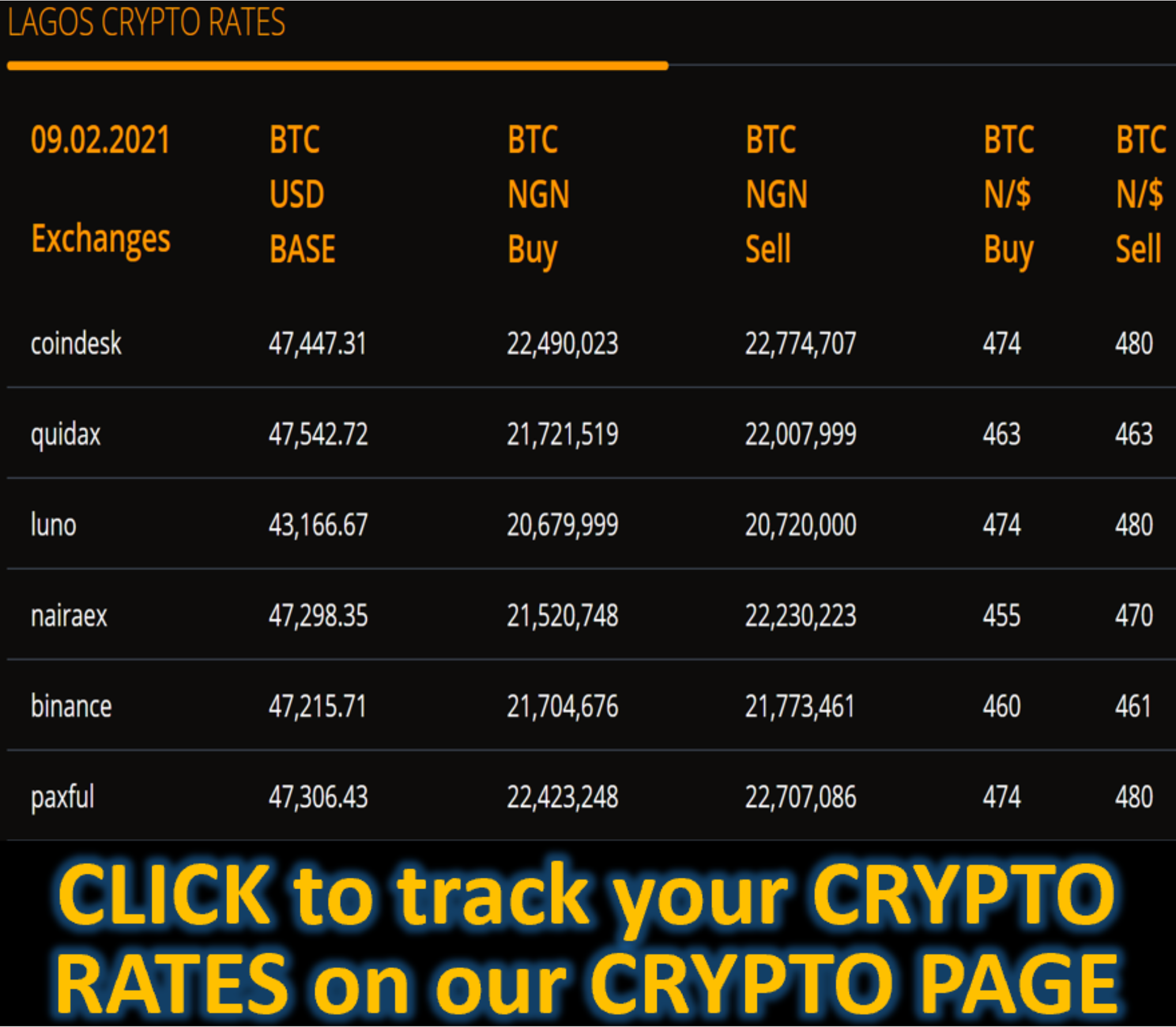Market News
Dollar set for first monthly gain of 2025; yen choppy after BOJ - REUTERS
By Amanda Cooper
LONDON (Reuters) -The dollar headed for its first monthly rise of 2025 on Thursday, fuelled by investor confidence in the resilience of the U.S. economy as trade war fears fade, while a more upbeat signal from the Bank of Japan unsettled the yen.
At the conclusion of its two-day policy meeting, the BOJ kept short-term interest rates steady at 0.5% in a unanimous vote, but upgraded its inflation forecasts for all three years through fiscal 2027 and said risks to the price outlook were "roughly balanced".
The yen initially rallied, as traders priced in a stronger chance of a rate rise later this year, before reversing course to trade roughly unchanged on the day.
In the broader market, the dollar traded around two-month highs after Federal Reserve Chair Jerome Powell on Wednesday indicated he was in no rush to lower rates and offered little insight on when they might fall again.
The greenback was also on track for its first monthly gain for the year, bolstered by a hawkish Fed and U.S. economic resilience, with uncertainty over U.S. President Donald Trump's chaotic tariffs easing after an array of trade deals.
The euro has been one of the biggest casualties of the dollar's ascent this month, as investors have rushed to unwind bets laid on earlier this year on the premise that the European market may offer better opportunities.
The European Union's agreement this month to 15% tariffs on U.S. exports has cleared up a lot of uncertainty, but at the same time, delivered a blow to confidence.
"I think there was too much optimism in the price of the euro. And I think that's come back this week. There's been a lot of commentary about how the EU conceded to the U.S. on this trade deal and that's been a dose of reality for the Europeans," Rabobank strategist Jane Foley said.
She added that the dollar had lagged an improvement in other U.S. assets in recent weeks, as the S&P 500 has hit record highs and long-term bond yields have retreated from the year's peaks.
"There were signs that the rotation trade that we saw in the early part of the year of pulling assets out of the U.S. was over. And yet, despite all of this... the dollar remained in the doldrums ... from that point of view, this (upward) direction in the dollar was necessary. We needed to get back to a more neutral position," Foley said.
The euro was last up 0.36% at $1.144, having hit a seven-week low on Wednesday. Still, it remained on track to lose nearly 3% this month.
Against a basket of currencies, the dollar dipped slightly to 99.77, set for a monthly gain of about 3%.
BOJ HINTS AT HIKES
In Japan, the BOJ said persistent rises in food costs could affect public perceptions of future price moves and speed up underlying inflation.
"Underlying inflation still remains short of our 2% target, but is expected to rise moderately," Governor Kazuo Ueda told a news conference, in comments some analysts viewed as a possible signal for a rate rise.
"There is definitely a clear justification for them to hike rates," said Khoon Goh, head of Asia research at ANZ.
"Now, the fact that Japan has finally reached a deal with the U.S. does remove some element of that uncertainty for themselves. So I think the question is whether the BOJ is now prepared to hike in October."
The yen softened slightly, leaving the dollar up 0.2% at 149.85, having fluctuated between a 0.2% gain on the day to a 0.6% loss.
New U.S. trade deals included one with South Korea, which Trump said on Wednesday would pay a 15% tariff on its U.S. imports. The Korean won strengthened on the news and last stood at 1,393 per dollar.
Trump on Wednesday also slapped a 50% tariff on most Brazilian goods and said the United States is still negotiating with India.
The blitz of tariff announcements comes ahead of an August 1 deadline for countries to secure trade deals or face steep levies.
(Additional reporting by Rae Wee in Singapore; Editing by Philippa Fletcher, Kirsten Donovan)









